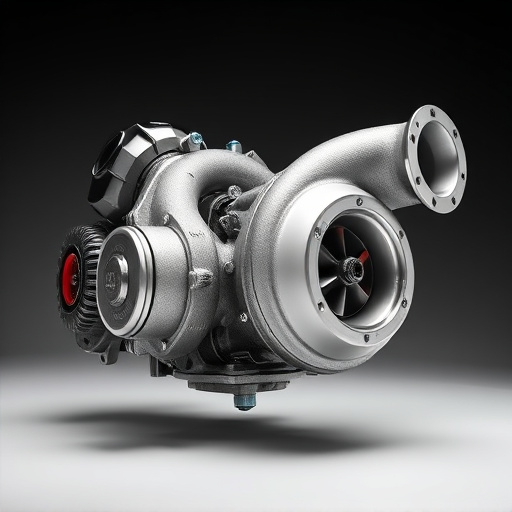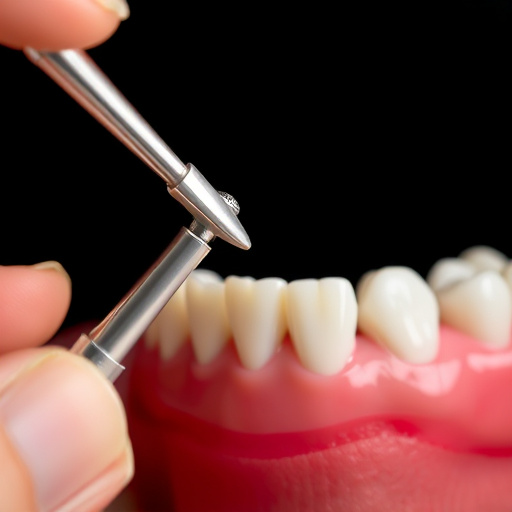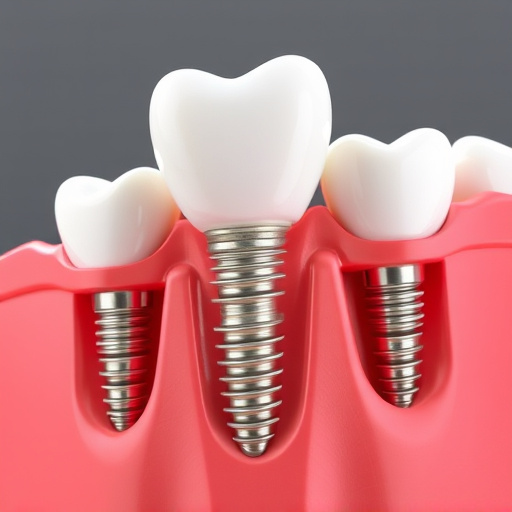Conservative dental treatment focuses on preserving natural tooth structure for early-stage decay and small cavities using composite fillings, bonding agents, and precise techniques like micro-mechanical preparation. Clear aligners contribute to this approach. Benefits include long-term integrity, prevention of further damage, and minimal discomfort. Aftercare is crucial for lasting results, with regular visits and good oral hygiene recommended.
“Discover the art of conservative dental care for small cavities and cracks. This approach prioritizes minimal intervention, preserving tooth structure while restoring functionality. We explore effective materials and techniques employed in modern conservative fillings. Learn about the long-term benefits and precautions associated with this method, ensuring a durable and healthy smile. Embrace the advantages of conservative dental treatment for a lasting solution.”
- Understanding Conservative Dental Treatments for Small Cavities
- Materials and Techniques Used in Conservative Fillings
- Long-Term Benefits and Precautions of Conservative Dental Care
Understanding Conservative Dental Treatments for Small Cavities

Conservative dental treatments for small cavities and cracks focus on minimizing invasive procedures to preserve as much natural tooth structure as possible. This approach is particularly crucial for early-stage decay, where the damage is limited to the enamel or the inner layers of the tooth. By understanding conservative treatment options, patients can make informed decisions about their oral health.
One common method involves dental fillings, which are used to restore teeth damaged by small cavities. This procedure typically includes cleaning the affected area, removing the decayed portion, and filling the space with a suitable material like composite resin. For cracks, in-office teeth whitening or specific bonding agents can help strengthen and protect the tooth, often a more conservative alternative to more extensive restorative treatments. Even wisdom tooth removal, while sometimes necessary, can be performed conservatively to minimize discomfort and preserve adjacent teeth, a consideration relevant even in adult dentistry, including children’s dentistry.
Materials and Techniques Used in Conservative Fillings

In conservative dental treatment for small cavities and cracks, dentists employ a variety of materials and techniques designed to preserve as much natural tooth structure as possible. One common method involves the use of composite resins, which are highly effective for filling minor defects. These modern fillings offer several advantages, including their ability to match the natural color of teeth, ensuring a seamless blend that preserves both aesthetics and functionality.
Additionally, advanced techniques like micro-mechanical preparation and the application of bonding agents enhance the durability and longevity of these conservative fillings. This approach, often integrated into comprehensive dental care, is particularly suited for patients seeking minimal intervention while achieving lasting results. Even clear aligners, though primarily associated with orthodontic treatment, can play a role in conservative dentistry by enabling precise adjustments and repairs to teeth without traditional drills, contributing to overall general dentistry practices.
Long-Term Benefits and Precautions of Conservative Dental Care

Conservative dental treatment for small cavities and cracks offers long-term benefits by preserving tooth structure and preventing further damage. This approach focuses on minimally invasive procedures like filling, sealing, or minor repairs, ensuring the tooth remains intact and healthy over time. Regular routine oral exams play a crucial role in early detection, allowing dentists to address issues before they become more severe, thereby reducing the need for extensive treatments.
While conservative dental care is generally safe and effective, certain precautions are essential. For instance, not all cavities respond well to conservative treatments, especially if they’ve reached the pulp or affected deeper layers of the tooth. In such cases, alternative options like dental crowns or, in severe scenarios, dental implants might be recommended. Proper aftercare, including maintaining good oral hygiene and regular visits, is also vital to ensure long-lasting results.
Conservative dental treatments offer a minimal-intervention approach for addressing small cavities and cracks, prioritizing long-term oral health and aesthetics. By utilizing advanced materials and techniques, such as composite fillings, dentists can effectively restore damaged teeth while preserving their natural structure. This method not only provides quick relief but also ensures sustained results, making it an excellent choice for those seeking to maintain a healthy smile without excessive manipulation. Remember, early detection and conservative care are key to avoiding more extensive procedures down the line.














